In today’s digital landscape, your business website is often the first impression potential customers will have of your brand, making it more important than ever to ensure it’s not just functional, but exceptional. Think of your website as a virtual storefront—if it’s cluttered, outdated, or difficult to navigate, visitors will likely walk away and seek out your competitors. But fear not! Whether you’re starting from scratch or looking to revamp your existing site, we’ve compiled a list of 17+ essential features that every business website should have. These features are not just nice-to-haves; they are game-changers that can elevate your online presence, enhance user experience, and ultimately drive conversions. Join us as we dive into the must-haves that will ensure your website stands out in a crowded marketplace and transforms casual visitors into loyal customers. Let’s get started!
– Understanding the Importance of a User-Friendly Design for Your Business Website
In today’s digital landscape, a website serves as the face of your business. A user-friendly design is not just a luxury; it’s a necessity that can significantly influence your brand’s credibility and the overall user experience. When potential customers visit your site, they should be able to navigate it effortlessly, finding the information they need without frustration. A well-structured design encourages visitors to stay longer, engage more deeply, and ultimately convert into loyal customers.
A clean and intuitive layout is one of the cornerstones of effective web design. It allows users to understand your website’s purpose at a glance. Essential features such as a clear navigation menu, prominent call-to-action buttons, and a well-organized content structure not only improve accessibility but also guide users towards desired actions. Visitors shouldn’t have to guess where to find what they’re looking for; instead, they should feel empowered to explore your offerings with ease.
Moreover, the design must be responsive. With the increasing use of mobile devices for browsing, ensuring your website adapts seamlessly to different screen sizes is crucial. A mobile-friendly site enhances usability, reducing bounce rates and increasing the chances of conversion. Users are more likely to engage with a site that looks good and functions well on their device, whether it’s a smartphone, tablet, or desktop computer.
Another crucial aspect is loading speed. A website that takes too long to load can frustrate users and lead to higher abandonment rates. Invest in optimizing your site’s performance by minimizing large images, utilizing efficient coding practices, and leveraging caching strategies. Fast-loading pages not only improve user satisfaction but also positively impact your search engine rankings, making it easier for potential customers to discover your business.
To further illustrate the importance of user-friendly design, consider the following table that highlights the benefits of essential features:
| Feature | Benefit |
|---|---|
| Clean Layout | Enhances navigation and user understanding |
| Responsive Design | Ensures compatibility across devices |
| Fast Loading Speed | Reduces bounce rates and improves SEO |
| Clear Call-to-Actions | Guides users towards desired actions |
Incorporating these elements into your website design not only enhances user experience but also reflects your commitment to quality and customer satisfaction. Businesses that prioritize user-friendly design are more likely to see increased traffic, higher conversion rates, and improved customer loyalty, establishing a strong online presence in an ever-competitive marketplace.

– Crafting Compelling Content That Captivates and Converts Visitors
Creating content that resonates with your audience is more than just filling a page with text. It’s about understanding what your visitors want and delivering it in a way that engages them. Here are some key characteristics to consider when crafting your website content:
- Audience-Centric Approach: Know your audience’s needs and preferences. Tailor your content to address their pain points and desires.
- Clear Value Proposition: Make sure visitors understand what sets your business apart. Highlight the benefits of your products or services right from the start.
- Compelling Headlines: Grab attention with powerful headlines that pique curiosity and encourage further reading.
- Storytelling: Weave narratives that connect emotionally with your audience. Share testimonials, case studies, or personal anecdotes that highlight real experiences.
- Strong Calls to Action (CTAs): Direct visitors on what to do next with clear, compelling CTAs that guide them toward desired actions, such as signing up for newsletters or making purchases.
Additionally, the structure and design of your content play a crucial role in how effectively it engages visitors. Consider the following:
- Scannable Layout: Use short paragraphs, bullet points, and subheadings to make your content easily digestible.
- Visual Elements: Incorporate relevant images, videos, or infographics to break up text and illustrate your points more vividly.
- Mobile Optimization: Ensure that your content is accessible and appealing on mobile devices, as a significant portion of web traffic comes from smartphones.
- SEO Best Practices: Use targeted keywords strategically throughout your content to improve search engine visibility and drive organic traffic.
Lastly, consider utilizing a content management system (CMS) that allows for easy updates and enhancements. Keeping your content fresh and relevant is essential in retaining visitor interest and improving conversion rates. By implementing these strategies, you can create a website that not only attracts traffic but also effectively converts visitors into loyal customers.
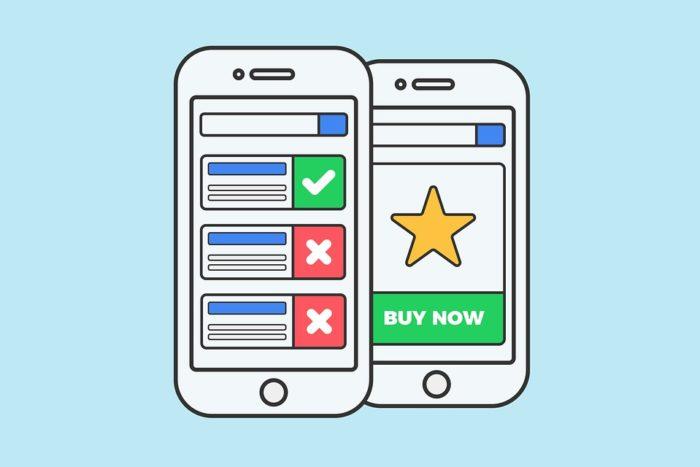
– The Power of Mobile Responsiveness in Today’s Digital Landscape
In an era where smartphones dominate the landscape, ensuring your business website is mobile-responsive is no longer optional—it’s a necessity. A mobile-responsive design adapts seamlessly to various screen sizes, providing users with an optimal viewing experience, whether they’re browsing on a smartphone, tablet, or desktop. This flexibility not only enhances user satisfaction but also drives higher engagement and conversion rates.
Data indicates that over 50% of web traffic now comes from mobile devices. If your website isn’t mobile-friendly, you risk alienating a significant portion of your audience. Here are some compelling reasons why mobile responsiveness is essential:
- Improved User Experience: A responsive site adjusts its layout and functionality, ensuring users can easily navigate, read, and interact with your content.
- Better SEO Ranking: Search engines, particularly Google, prioritize mobile-friendly sites in their rankings. This means that a mobile-responsive design can significantly improve your website’s visibility.
- Reduced Bounce Rates: When users find a site that’s easy to use on their devices, they’re more likely to stay longer, leading to lower bounce rates and higher potential for conversions.
- Cost-Effective Maintenance: With a single responsive site, you eliminate the need for separate desktop and mobile versions, simplifying your maintenance efforts and reducing costs over time.
Consider the following table that highlights the differences between a responsive and a non-responsive website:
| Feature | Responsive Website | Non-Responsive Website |
|---|---|---|
| Adaptability | Fluid layout that adjusts to screen size | Fixed layout, requires zooming and scrolling |
| SEO Benefits | Higher rankings on search engines | Potential penalties from search engines |
| User Engagement | Higher engagement due to ease of use | Lower engagement due to frustrating navigation |
| Maintenance | Single site to manage | Two sites (mobile and desktop) to maintain |
Ultimately, a mobile-responsive website is a cornerstone of modern digital strategy. In a world where instant access to information is paramount, ensuring your site is accessible and functional across all devices is crucial. Embrace the power of mobile responsiveness, and watch your business thrive in today’s competitive landscape.
– Essential SEO Strategies to Boost Your Online Visibility
In the digital realm, your website serves as your storefront, and optimizing it for search engines is paramount. To enhance your online presence, consider implementing these essential SEO strategies that will help you climb the ranks and attract more visitors.
- Keyword Research: Identify relevant keywords that your potential customers are searching for. Use tools like Google Keyword Planner or SEMrush to discover high-volume, low-competition keywords.
- High-Quality Content: Create engaging, informative, and original content that addresses your audience’s needs. Ensure it incorporates your targeted keywords naturally to improve search engine rankings.
- Responsive Design: With a growing number of users accessing websites via mobile devices, a mobile-friendly design is crucial. Ensure your site is responsive and loads quickly on all devices.
- On-Page Optimization: Optimize meta titles, descriptions, headers, and images. Use descriptive alt tags for images, and keep URLs concise and keyword-rich.
- Backlink Building: Cultivate relationships with reputable websites in your industry to gain quality backlinks. This not only drives traffic but also builds trust with search engines.
In addition to these strategies, keep an eye on your site’s performance through analytics tools. Regularly monitor your traffic, user behavior, and conversion rates to identify areas for improvement. Adapt your strategies based on data, ensuring you stay ahead of the competition.
| SEO Strategy | Description |
|---|---|
| Keyword Research | Discover what your audience is searching for to tailor your content accordingly. |
| High-Quality Content | Create original and informative content that engages readers and satisfies their queries. |
| Responsive Design | Ensure your website is accessible and user-friendly on all devices. |
| On-Page Optimization | Optimize various on-site elements to improve visibility and ranking. |
| Backlink Building | Establish connections with authoritative sites to enhance your credibility. |
Lastly, don’t underestimate the power of social media in your SEO efforts. Share your valuable content across various platforms to drive traffic and encourage sharing. The more visibility your content receives, the more likely it is to rank well in search results.
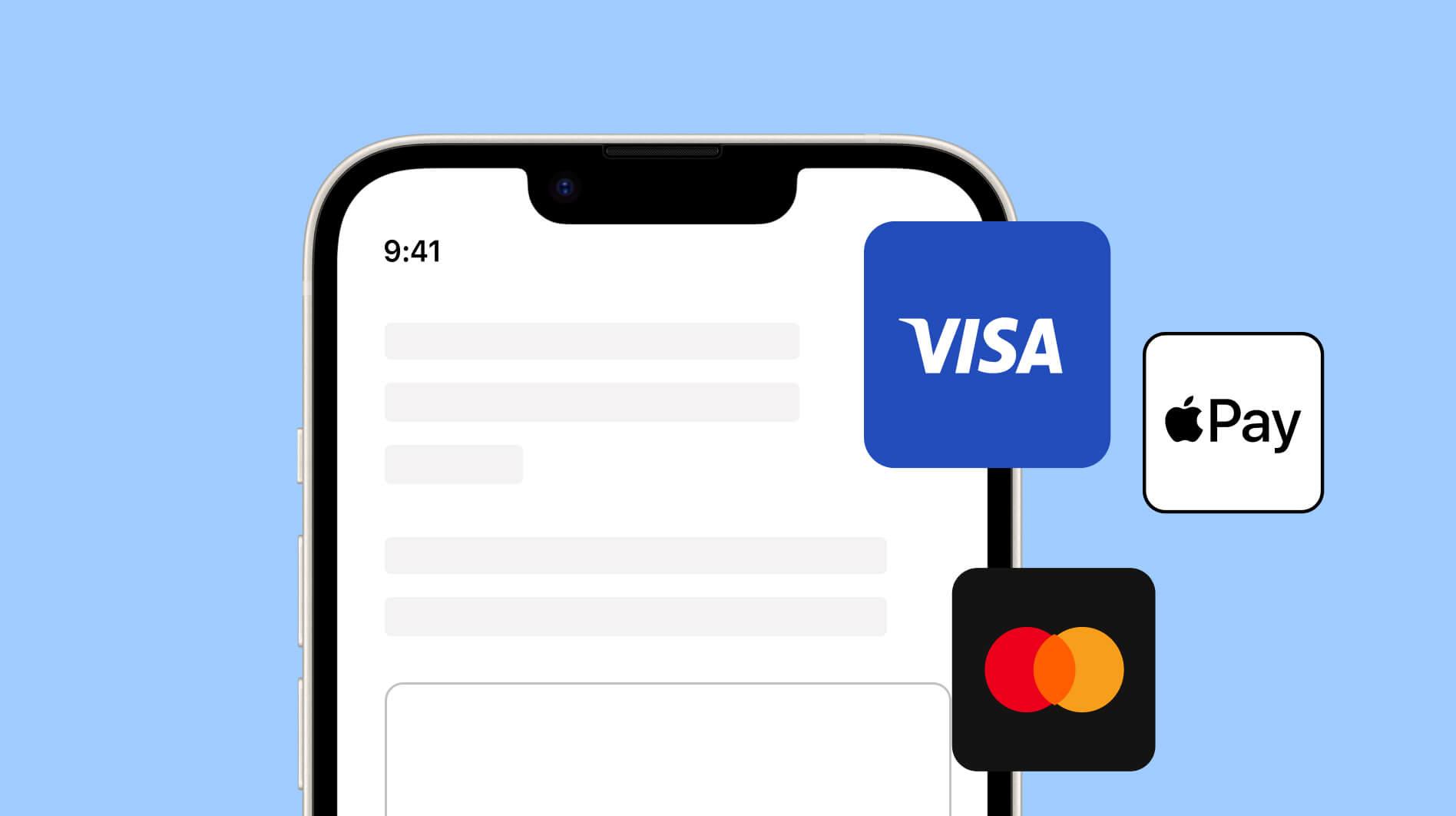
– Building Trust with Secure Payment Options and Privacy Policies
In today’s digital landscape, consumers are more cautious than ever when it comes to sharing their financial information online. That’s why implementing secure payment options is not just a feature—it’s a necessity. When customers see familiar and trusted payment methods, such as credit cards, PayPal, or Apple Pay, they feel a sense of security. This can significantly reduce cart abandonment rates and boost overall sales.
Additionally, offering multiple payment gateways can cater to a broader audience. Some customers prefer certain methods over others, and having diverse options shows that you value their preferences. This flexibility not only enhances user experience but also builds a stronger connection between your brand and customers.
Equally important is having a transparent and comprehensive privacy policy. Today’s consumers want to know how their data will be used and protected. A clear privacy policy should outline:
- Data Collection: What information is collected from users?
- Data Usage: How will their information be used?
- Data Protection: What measures are in place to keep their data secure?
By openly communicating your practices, you alleviate concerns, fostering trust and confidence in your brand. Make sure your privacy policy is easily accessible, ideally linked in the footer of your website, so users can review it without hassle.
Incorporating trust signals, such as SSL certificates and security badges, can further reinforce your commitment to user safety. Displaying these elements prominently on your payment pages can reassure potential buyers that their transactions are secure. Consider using a table to highlight the key security features your site offers:
| Security Feature | Description |
|---|---|
| SSL Encryption | Ensures secure data transmission between the customer and your server. |
| Two-Factor Authentication | Adds an extra layer of security for user accounts. |
| Regular Security Audits | Helps identify and rectify potential vulnerabilities. |
combining secure payment options with clear privacy policies forms the backbone of a trustworthy online presence. By prioritizing these elements, you not only enhance the customer experience but also lay the groundwork for lasting relationships built on trust.

– Engaging Your Audience Through Interactive Features and Tools
In today’s digital landscape, simply having a website isn’t enough. To truly capture the attention of your visitors, you need to incorporate interactive features and tools that foster engagement and encourage users to explore your content. These elements not only enhance user experience but also help build a connection between your brand and your audience.
Consider implementing live chat functionality. This tool allows visitors to ask questions in real time, providing immediate support and guidance. It enhances customer satisfaction and can significantly increase conversion rates. Furthermore, integrating chatbots can ensure that user queries are addressed promptly, even outside of business hours.
Another powerful tool is interactive forms. By using forms not only for contact but for feedback, testimonials, and even surveys, you let your audience express their opinions and needs. Consider using tools like quizzes or polls, which can be fun and engaging while also giving you valuable insights into your audience’s preferences.
| Interactive Tool | Benefits |
|---|---|
| Live Chat | Immediate support and increased conversions |
| Chatbots | 24/7 assistance and user engagement |
| Interactive Forms | Gather insights and boost user feedback |
| Quizzes and Polls | Engagement and audience understanding |
Don’t underestimate the power of social media integration. Adding features like share buttons or live feeds from your social accounts can keep your website dynamic and encourage visitors to interact with your brand across multiple platforms. It creates a seamless flow between your website and social media, reinforcing your brand presence.
Lastly, consider incorporating gamification elements. Adding points, badges, or rewards for completing certain actions on your site can motivate visitors to engage more deeply. Whether it’s signing up for newsletters or making purchases, these fun incentives can boost user participation and loyalty.
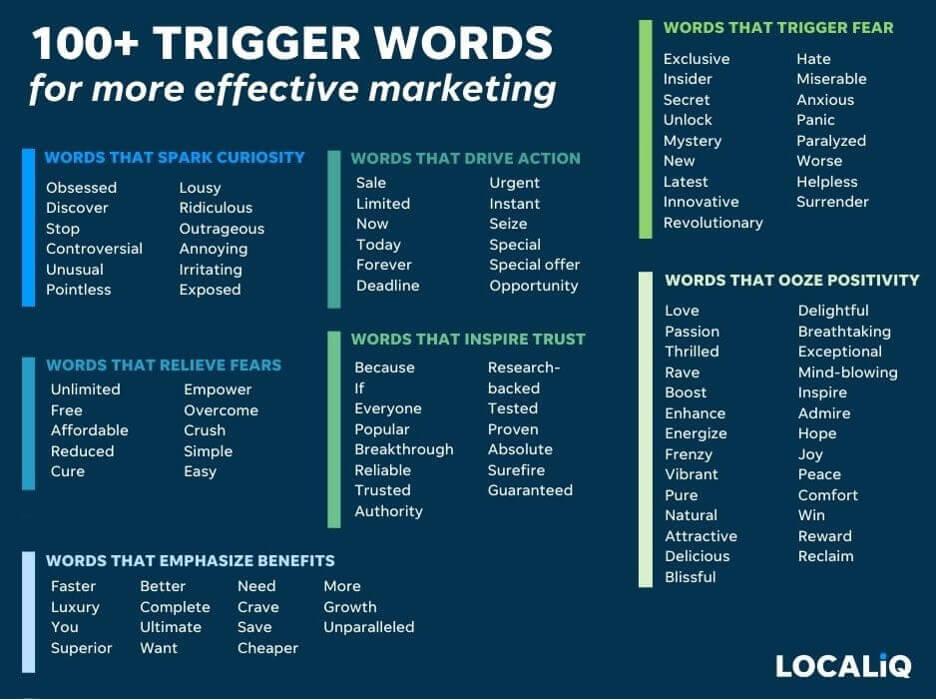
– Effective Calls to Action That Drive User Engagement
To truly engage your visitors and encourage them to take action, your website must incorporate effective calls to action (CTAs). These elements are crucial in guiding users toward their next steps, whether that’s signing up for a newsletter, purchasing a product, or reaching out for more information. Here are some strategies to create compelling CTAs that resonate with your audience:
- Be Clear and Direct: Ensure your CTAs clearly communicate what you want the user to do. Phrases like “Get Started,” “Join Us Today,” or “Download Now” are straightforward and eliminate any ambiguity.
- Create Urgency: Use time-sensitive language to encourage immediate action. Consider adding phrases like “Limited Time Offer” or “Sign Up Before Midnight” to motivate users to act quickly.
- Use Action-Oriented Language: Start your CTAs with strong verbs. Words like “Discover,” “Explore,” or “Transform” can make the action sound more appealing and exciting.
- Incorporate Visual Elements: Position your CTAs prominently on the page and use contrasting colors to make them stand out. A well-designed button can draw attention and entice users to click.
Additionally, it’s important to personalize your CTAs based on user behavior and preferences. For instance, if a visitor has previously viewed a specific product, consider a CTA that highlights related items or offers a discount for their next purchase. This level of personalization enhances user experience and increases the likelihood of conversion.
Here’s a simple comparison table to illustrate different types of CTAs and their potential effectiveness:
| CTA Type | Description | Effectiveness |
|---|---|---|
| Direct Purchase | Encourages users to buy immediately | High |
| Newsletter Signup | Promotes list building for future marketing | Medium |
| Free Trial Offer | Allows users to experience the product risk-free | High |
| Social Sharing | Encourages users to share content on social media | Medium |
Lastly, don’t forget to A/B test your CTAs to determine which versions drive the most engagement. Small tweaks in wording, design, or placement can lead to significant differences in performance. With these strategies in place, your CTAs will not only attract attention but also inspire action, ultimately leading to increased engagement and conversions on your business website.
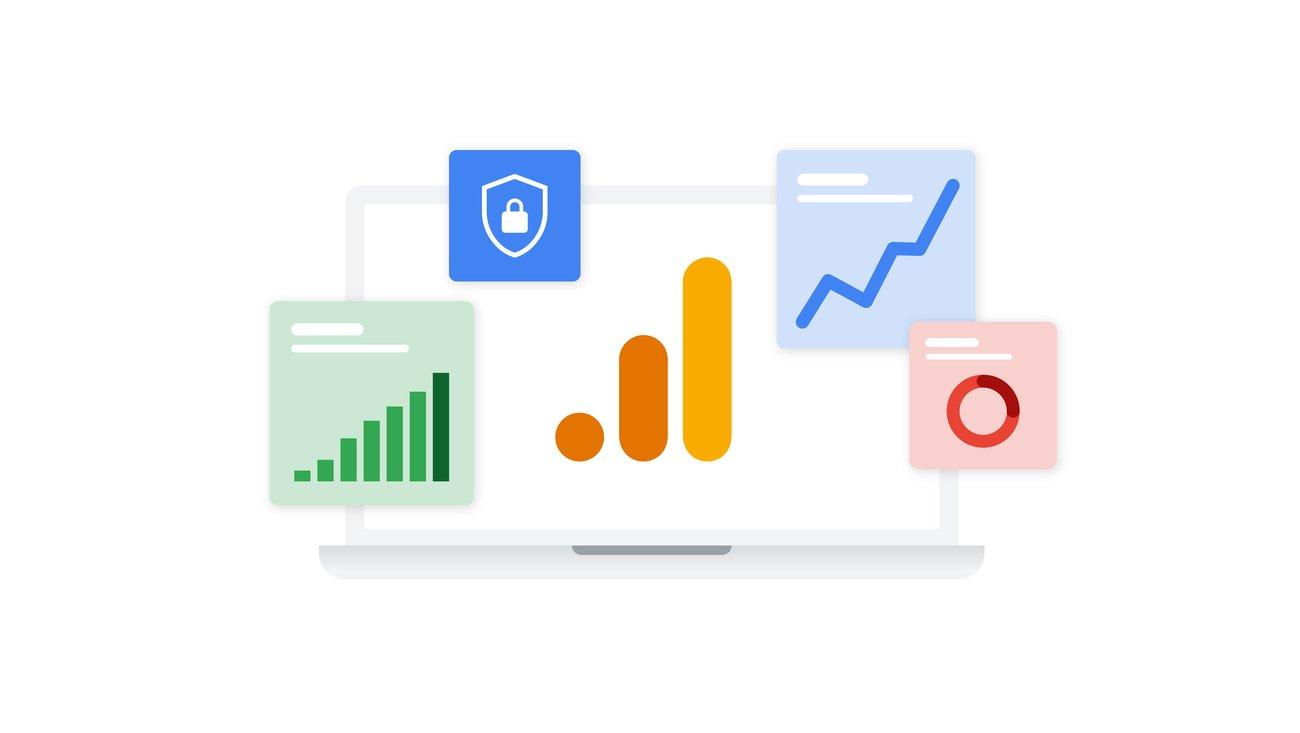
– The Role of Analytics in Tracking Success and Making Improvements
In the digital landscape, understanding user behavior is no longer a luxury; it’s a necessity. By leveraging analytics, businesses can gain valuable insights into how visitors interact with their websites. This information not only helps in measuring success but also highlights areas for improvement, ensuring that the user experience continuously evolves. Imagine having a crystal ball that reveals which features of your site keep visitors engaged and which ones might be turning them away.
Consider these key aspects:
- Visitor Behavior: By tracking metrics such as page views, time spent on pages, and bounce rates, businesses can pinpoint what captivates their audience. This data allows for informed decisions on content creation and layout adjustments.
- Conversion Tracking: Whether it’s filling out a contact form or completing a purchase, analytics tools can track conversion rates effectively. Understanding which pathways lead to conversions enables businesses to optimize their sales funnels.
- User Demographics: Knowing who your visitors are—including their age, gender, and geographic location—can help tailor content and marketing strategies to resonate more with your target audience.
To illustrate the power of analytics, consider the following table that showcases how specific features impacted user engagement and conversion rates:
| Feature | Engagement Rate (%) | Conversion Rate (%) |
|---|---|---|
| Interactive Chatbot | 65 | 25 |
| Personalized Recommendations | 70 | 30 |
| Video Content | 80 | 35 |
As businesses analyze these metrics, they can identify trends and patterns that inform their strategic planning. A high engagement rate paired with a lower conversion rate might indicate a need for clearer calls to action, whereas low engagement might prompt a redesign of user interfaces or content strategy. This iterative process of testing and refining based on analytics not only drives improvement but also fosters a culture of data-driven decision-making.
incorporating analytics into your website strategy is not just about tracking numbers; it’s about understanding the story behind those numbers. By embracing a data-centric approach, businesses can create a more engaging, user-friendly experience that ultimately leads to greater success.
– Enhancing Customer Support with Live Chat and Contact Forms
In today’s fast-paced digital landscape, providing excellent customer support is essential for building trust and ensuring customer satisfaction. One of the most effective ways to achieve this is by integrating live chat and contact forms into your website. These features not only streamline communication but also enhance the overall user experience.
Imagine a potential customer browsing your products or services, hesitating due to a question or concern. With live chat, they have immediate access to assistance, allowing them to make informed decisions on the spot. This real-time interaction can significantly reduce bounce rates and increase conversion rates. Here are some key benefits of incorporating live chat:
- Instant Support: Customers appreciate quick responses, and live chat allows for immediate interaction.
- Increased Engagement: Engaging customers while they browse can lead to higher satisfaction and more sales.
- Cost-Effective: Live chat can often be managed by a smaller team than traditional support channels.
On the other hand, contact forms offer a structured way for users to reach out with specific inquiries or feedback. They can be designed to collect vital information, ensuring that customer queries are directed to the right department or team member. Key advantages of using contact forms include:
- Easy Customization: Tailor your forms to gather the information most relevant to your business needs.
- Organized Responses: Information submitted through forms can be easily tracked and analyzed.
- Availability: Unlike live chat, contact forms are always accessible, allowing customers to reach out at their convenience.
| Feature | Live Chat | Contact Forms |
|---|---|---|
| Response Time | Instant | Delayed |
| Accessibility | Real-time | Anytime |
| User Experience | Interactive | Structured |
By offering both live chat and contact forms, your business can cater to different customer preferences, ensuring that everyone feels supported. Implementing these features not only enhances customer interaction but also positions your brand as responsive and attentive, qualities that are crucial for long-term success. Embrace these tools and watch your customer satisfaction soar!
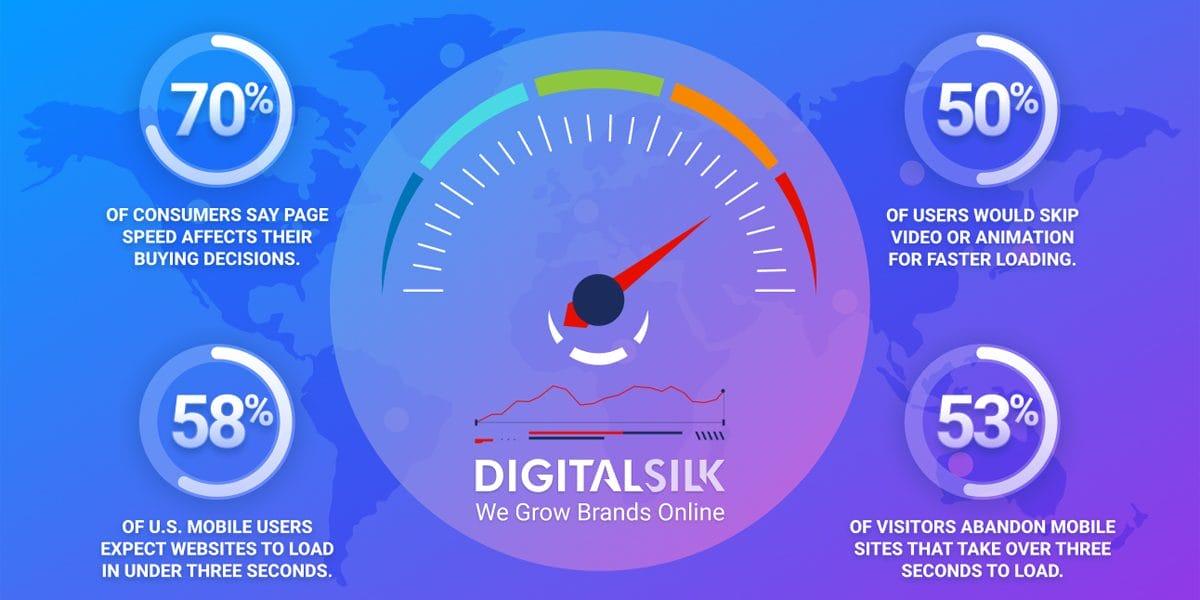
– Keeping Your Website Fast and Efficient for Optimal User Experience
In today’s fast-paced digital world, users expect websites to be quick and responsive. A slow-loading site can lead to frustration and a significant drop in user engagement. To keep visitors coming back, ensure your website loads in under three seconds—this is crucial for maintaining a positive user experience. Here are some effective strategies to enhance your website’s speed:
- Optimize Images: Large images can slow down your site. Use formats like WebP and tools such as TinyPNG for compression.
- Minimize HTTP Requests: Reduce the number of elements on your page. Combine CSS and JavaScript files to cut down on load times.
- Leverage Browser Caching: Store static resources on users’ devices. This way, returning visitors experience faster loading times.
- Use a Content Delivery Network (CDN): A CDN can distribute your content worldwide, ensuring users access your site from the closest server.
Moreover, consider regularly monitoring your website’s performance using tools like Google PageSpeed Insights or GTmetrix. These platforms provide valuable insights into what aspects of your site can be improved. Here’s a simple table illustrating key performance metrics to track:
| Metric | Description | Ideal Value |
|---|---|---|
| Page Load Time | How long it takes for your page to fully load. | Under 3 seconds |
| First Contentful Paint | Time until the first text or image is rendered. | Under 1 second |
| Time to Interactive | When the page is fully interactive for users. | Under 5 seconds |
regularly updating your website’s platform, plugins, and themes can also significantly impact performance. Outdated software may be slower and more vulnerable to security issues. Therefore, make it a habit to check for updates and apply them promptly. Ultimately, a fast and efficient website not only enhances user satisfaction but also boosts your search engine rankings, leading to increased visibility and potential sales.
Frequently Asked Questions (FAQ)
Q&A: 17+ Essential Features Every Business Website Should Have
Q: Why is having a business website essential in today’s digital age?
A: In today’s fast-paced digital world, having a business website is non-negotiable. It’s often the first point of contact between you and potential customers. A well-designed website builds credibility, showcases your products or services, and can even be a powerful marketing tool. Think of it as your 24/7 salesperson—always ready to engage and inform!
Q: What are the top features every business website must include?
A: Great question! Here are some must-have features:
- Responsive Design: Your website should look great on all devices—desktops, tablets, and smartphones. A responsive design boosts user experience and keeps visitors engaged.
- Fast Loading Speed: Nobody likes waiting! A fast-loading website reduces bounce rates and keeps potential customers on your site longer.
- Clear Navigation: Users should easily find what they’re looking for. A straightforward menu and well-organized content make for a seamless browsing experience.
- Contact Information: Your contact details should be easily accessible. Include a phone number, email, and physical address, ideally in the header or footer of your site.
- About Us Page: This is your chance to connect with customers. Share your story, mission, and values to build trust and foster relationships.
- Compelling Call to Action (CTA): Every page should guide visitors toward a specific action—whether it’s signing up for a newsletter, making a purchase, or contacting you for more information.
- SEO Optimization: Optimize your content for search engines to improve visibility. Use relevant keywords, meta descriptions, and alt tags to help potential customers find you online.
- Social Media Integration: Link your social media accounts to encourage users to connect with you across platforms. This builds community and keeps your audience engaged.
- Testimonials and Reviews: Showcase customer testimonials and reviews to build trust and credibility. Positive feedback can be incredibly persuasive!
- Blog or Resource Section: Providing valuable content keeps visitors coming back. Share tips, insights, and news related to your industry to establish your authority.
- Privacy Policy and Terms of Service: Transparency is key. Having these pages reassures visitors that their data is safe and builds trust in your brand.
- Secure Hosting: Choosing a secure hosting service is essential to protect your website from cyber threats and ensure your visitors’ data remains safe.
- Search Functionality: A search bar makes it easy for users to find specific content quickly, improving their overall experience.
- Email Signup Form: Build your email list with a simple signup form. Offering a freebie or exclusive content can encourage sign-ups.
- Analytics Tools: Integrate tools like Google Analytics to track your website’s performance and understand your audience better.
- Visual Content: High-quality images and videos engage users and make your site more appealing. Invest in professional visuals that reflect your brand.
- Accessibility Features: Ensure your website is accessible to all users, including those with disabilities. This not only widens your audience but also promotes inclusivity.
Q: Can you share how these features impact my business?
A: Absolutely! Each of these features plays a crucial role in enhancing user experience, building brand credibility, and driving conversions. A polished, user-friendly website can significantly increase customer retention and encourage new visitors to become loyal customers. Ultimately, investing in these essential features can lead to greater visibility, higher sales, and a stronger online presence.
Q: What’s the first step to implementing these features?
A: Start by auditing your current website. Identify what’s working and what’s not. Then, prioritize the features that will have the most impact on your business. If you’re not tech-savvy, consider hiring a web developer or using website builder tools that offer these essential features. Remember, investing in your website is investing in your business’s future!
Q: How often should I update my website?
A: Regular updates are key! Aim to refresh your content at least once a month—this keeps your site relevant and engaging. Additionally, perform a full review of your website every 6-12 months to ensure all features are up to date and functioning well. Staying proactive will keep your audience engaged and boost your site’s performance in search engines!
Q: Can adding these features improve my online sales?
A: Definitely! A well-structured website with these essential features can increase your conversion rates. By making it easier for customers to navigate, find information, and feel secure while shopping, you create a frictionless experience that encourages purchases. More engagement equals more sales!
By incorporating these essential features into your business website, you’re not just creating an online presence; you’re building a platform for growth and success. Ready to take your website to the next level? Let’s get started!
In Summary
As we wrap up our exploration of the essential features every business website should have, it’s clear that creating a successful online presence is more than just a luxury—it’s a necessity. Each of the 17 features we’ve discussed plays a pivotal role in enhancing user experience, boosting your visibility, and ultimately driving conversions.
Now, imagine your website not just as an online brochure, but as a powerful tool that engages your audience, builds trust, and converts visitors into loyal customers. By implementing these features, you’re not just keeping pace with the competition; you’re setting the standard for what an effective business website should look like.
So, what are you waiting for? Take the insights from this article and start evaluating your current website. Are there gaps that need filling? Areas that could benefit from improvement? Remember, every little enhancement can lead to a significant impact on your business’s success.
Investing time and resources into your website is an investment in your business’s future. Get started today, and watch as your website transforms into a dynamic platform that not only attracts visitors but also turns them into advocates for your brand. Your journey toward a more effective online presence begins now—don’t let it wait!

